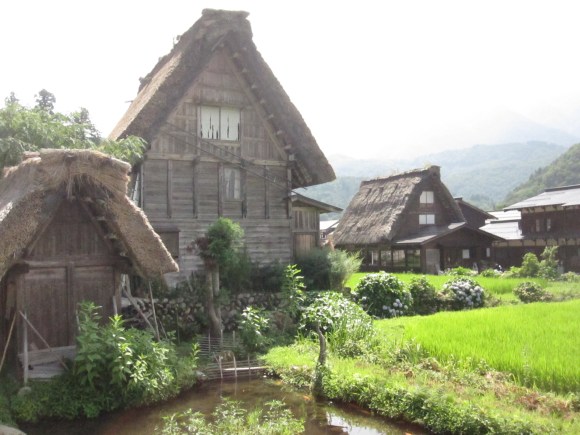
Amazing as Japan’s metropolises are, after spending enough time in some of the most densely populated spots on the planet, urban fatigue starts to set in. There’s nothing like a getaway to the countryside to refresh your spirits after one too many days scurrying around downtown in packed train and subway cars.
The Shirakawa-go district, located in Gifu Prefecture, is close enough to Tokyo or Osaka that it makes an easy weekend escape for residents, as well as a simple side trip for overseas tourists crisscrossing the country. In terms of atmosphere, though, Shirakawa-go is worlds away from Japan’s largest cities.
The area around Shirakawa-go isn’t developed enough to warrant a train station, so for visitors without a car getting there involves a 50-minute bus ride from Takayama, the nearest significantly-sized rail-accessible town. Infrequent bus service is also available from Nagoya, but considering the three-hour ride this entails, your posterior will probably thank you for taking the train as far as possible to Takayama instead.
In 1995, Shirakawa-go was declared a UNESCO World Heritage Site, in recognition of the glimpse it provides of a traditional rural lifestyle that is rapidly disappearing.
Shirakawa-go’s primary attraction is its set of preserved farmhouses. The homes are built in a unique architectural style called gassho-zukuri, meaning “hands clasped in prayer,” a reference to the buildings’ steeply-angled thatched roofs.
The largest cluster of gassho-zukuri homes in the Shirakawa-go region is found in Ogimachi Village. Busses stop at a terminal across the river from Ogimachi, which visitors enter by crossing a footbridge.
Winters are particularly harsh in Shirakawa-go, and the roofs are designed so that snow will slide off, instead of piling up and crushing the structure with its weight.
The high ceilings of gassho-zukuri homes provide natural insulation, helping to keep their occupants comfortable not only in the colder months of the year, but also during the hot, humid summers Shirakawa-go shares with the rest of Japan.
The design also provides plentiful interior space among the rafters. Aside from storage, these spaces were used for maintenance of farming tools, as well as cultivation of silkworms and even the preparation of gunpowder, which the area’s mineral deposits made it an early production center for.
A number of homes in Ogimachi are open to the public, and even those which are not provide a beautiful backdrop to a stroll along the irrigation canals that weave through the village.
A small path at the edge of the village leads up to a lookout point that provides a literally picture-perfect view, often serving as a vantage point for postcard photographers.
For travelers staying overnight in Shirakawa-go, there are also traditional inns built in the gassho-zukuri style, offering a unique type of accommodation that even most modern Japanese nationals have never experienced.
Ogimachi isn’t exactly bursting with dining options, but there are a few places to stop and grab a light meal or cup of coffee during the daytime. On the warm August afternoon we visited, the local ice cream vendor was doing a brisk business, offering the unique flavor of shiso (Japanese basil) along with more traditional choices such as chocolate and vanilla.
▼ Coffee shop
▼ Restaurant
▼ Restaurant interior
In fall, the Doburoku Festival is held at a number of shrines in the area. Doburoku is a type of thick, unrefined sake, which is given out to revelers during the festivities. This year, Ogimachi’s shrine will be hosting the event on October 14 and 15.
Of course, some visitors want to see the gassho-zukuri roofs fulfilling their intended purpose, and mid-winter is considered by many to be the best time to visit.
Ogimachi is even illuminated on certain evenings in January and February of each year. In 2014, the town will be lit-up from 5:30 to 7:30 on the nights of January 18, 25, and 26, as well as February 1, 2, 9, and 15.
Don’t forget your jacket.
Related: Shirakawa-go Village Office, Shirakawa-go Light Up Site, Shirakawa-go Tourist Associaiton
Top image: RocketNews24
Insert images: RocketNews24, Blogspot

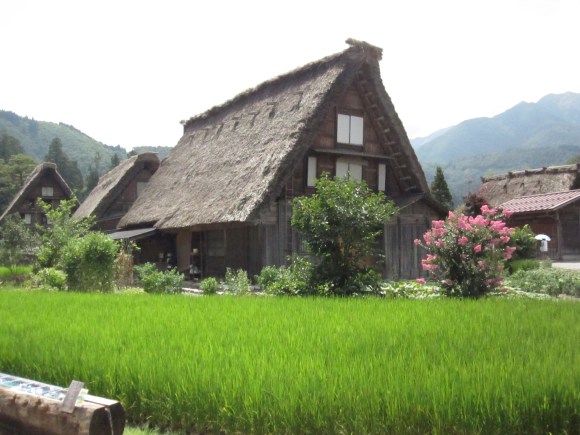

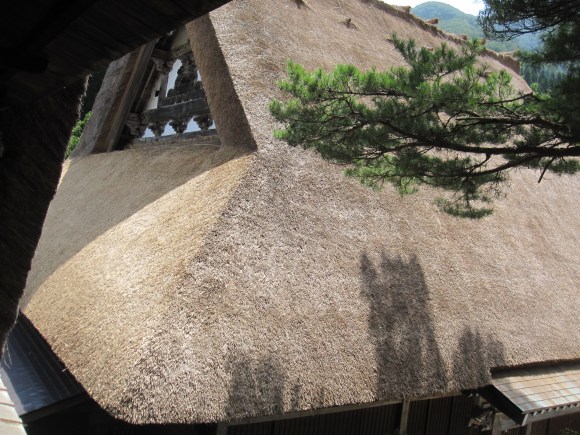
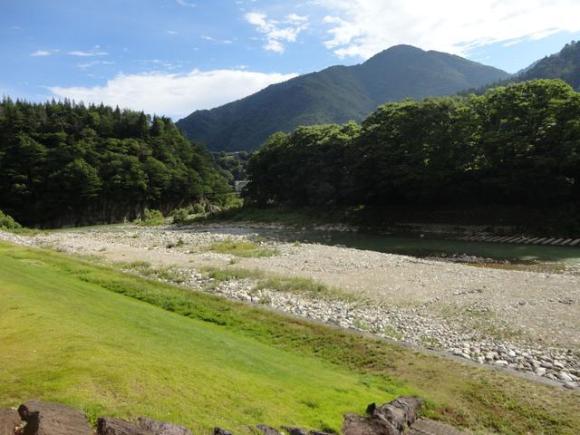
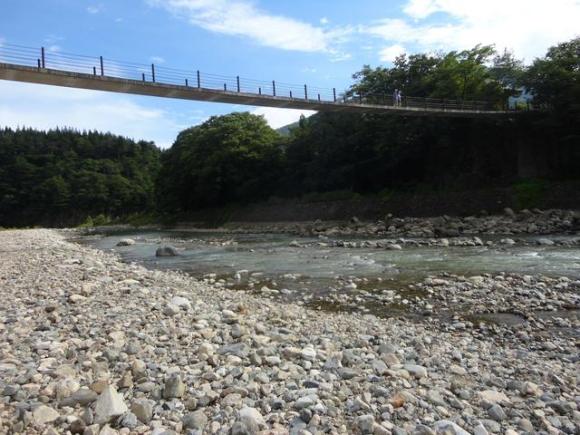
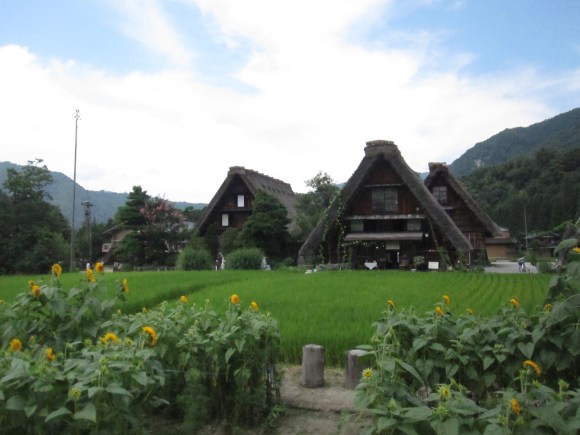
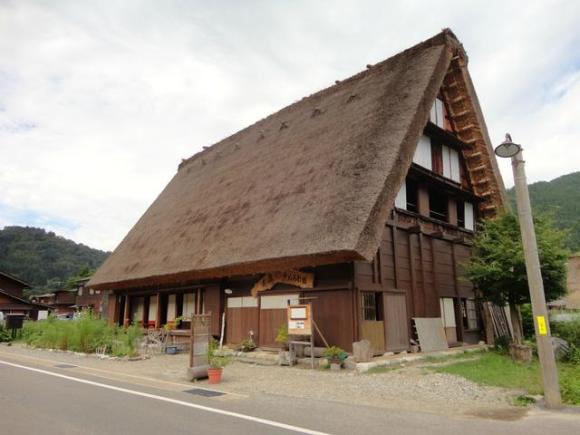
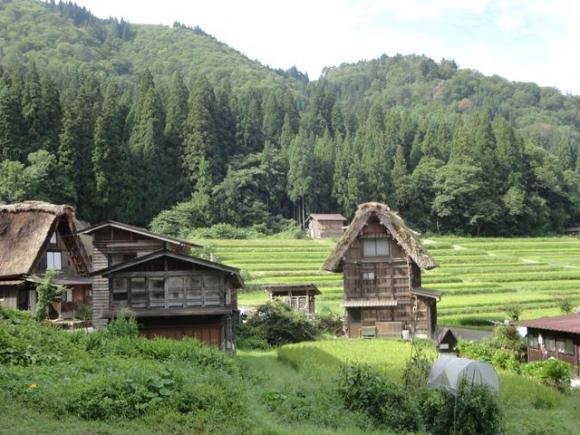

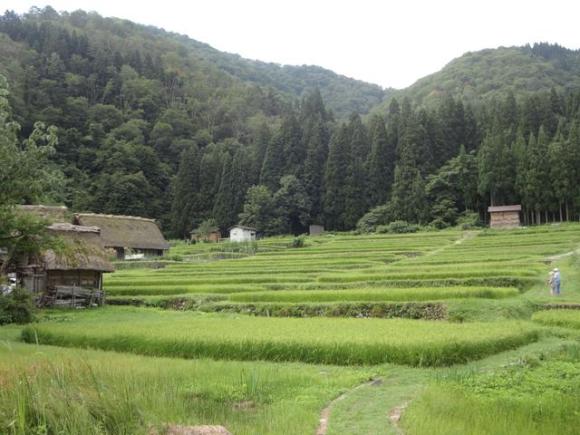
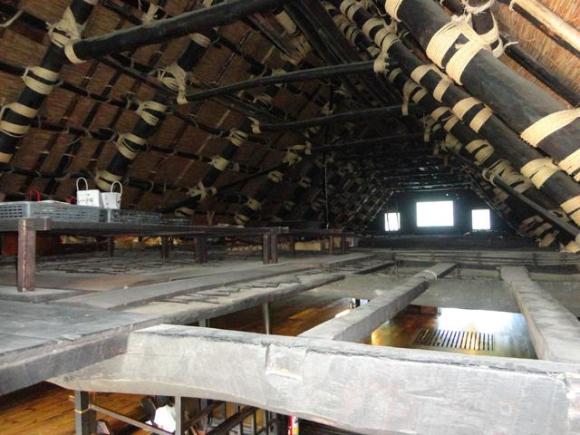
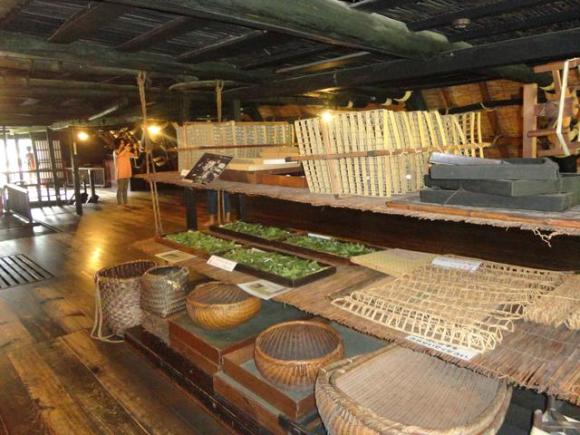


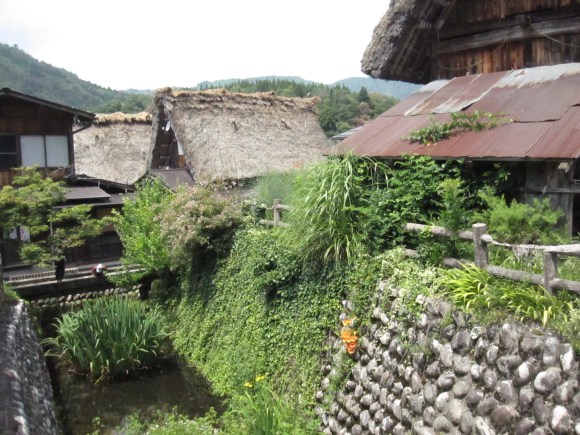
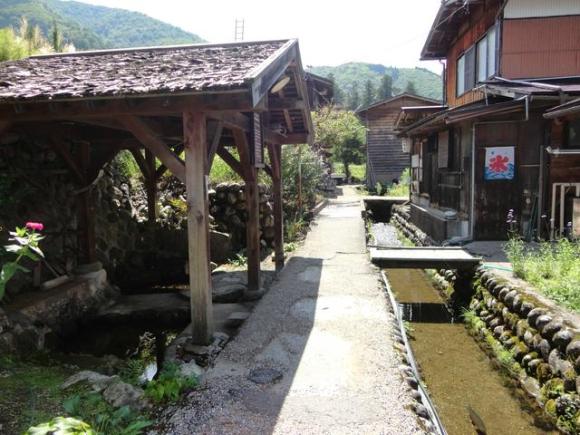
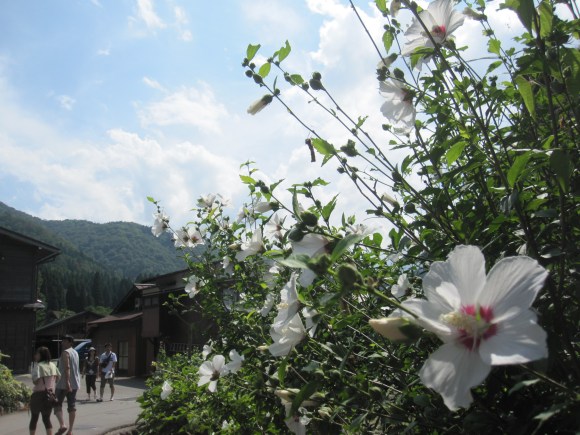
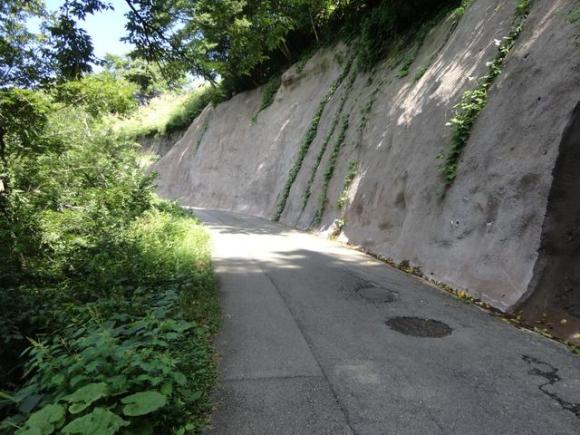
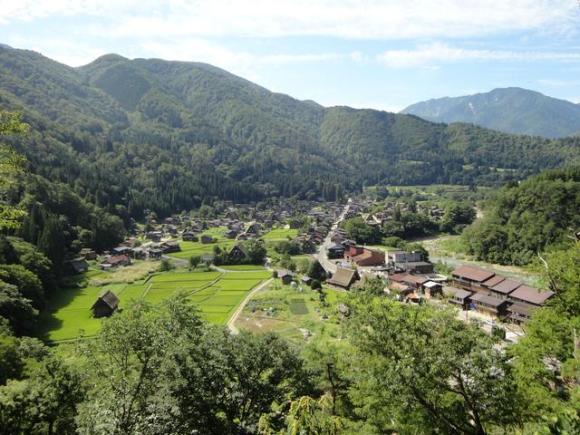
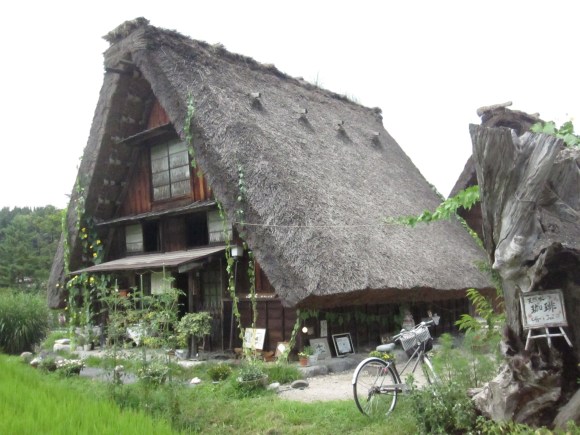


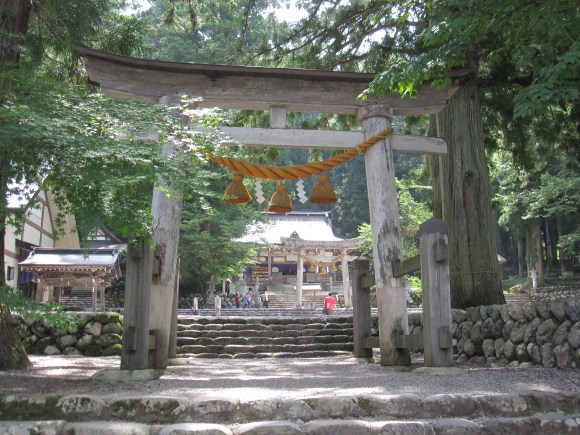
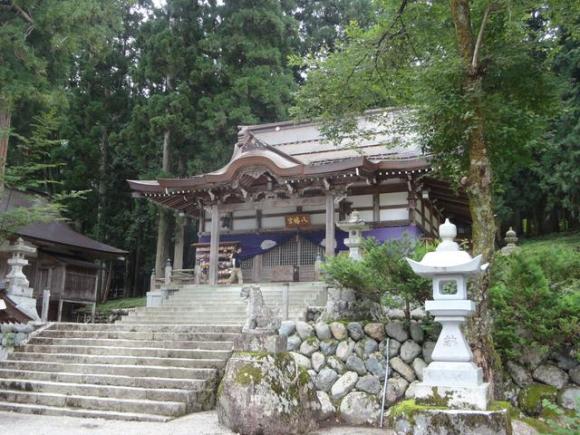
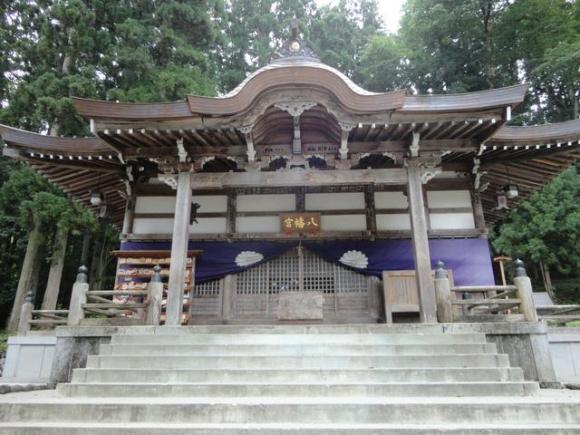
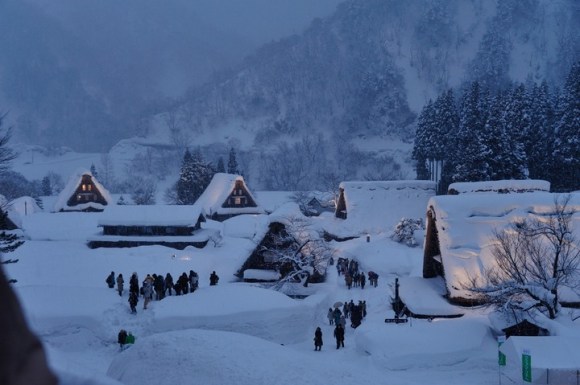
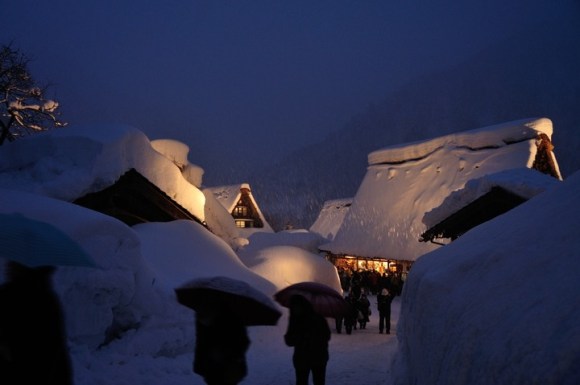
 Airbnb offers special free stay at a traditional Japanese gassho house in a World Heritage Site
Airbnb offers special free stay at a traditional Japanese gassho house in a World Heritage Site Japan’s submerged forest gets even more beautiful with Lake Shirakawa spring light-up event【Pics】
Japan’s submerged forest gets even more beautiful with Lake Shirakawa spring light-up event【Pics】 Fire breaks out near Japan’s Shirakawa-go World Heritage site【Videos】
Fire breaks out near Japan’s Shirakawa-go World Heritage site【Videos】 Japan’s famous Great Buddha of Kamakura, Shirakawa village grace beautiful new Coca-Cola bottles
Japan’s famous Great Buddha of Kamakura, Shirakawa village grace beautiful new Coca-Cola bottles Internet users can’t decide on Japan’s most beautiful village, and we can totally see why
Internet users can’t decide on Japan’s most beautiful village, and we can totally see why Japanese beef bowl chain Sukiya’s 2026 Smile Box lucky bag basically pays for itself
Japanese beef bowl chain Sukiya’s 2026 Smile Box lucky bag basically pays for itself Should you dip your cake in sake? One Japanese brewer says no, but actually yes【 Taste test】
Should you dip your cake in sake? One Japanese brewer says no, but actually yes【 Taste test】 Play games, learn, and get your fortune at Ginza’s limited-time Tsunaguu “Shrine of the Future”
Play games, learn, and get your fortune at Ginza’s limited-time Tsunaguu “Shrine of the Future” Japan’s new difficult-to-drink-from beer glass protects your liver, but it’s a brutal experience
Japan’s new difficult-to-drink-from beer glass protects your liver, but it’s a brutal experience The meaning of the mandarin and 6 other Japanese New Year traditions explained
The meaning of the mandarin and 6 other Japanese New Year traditions explained Bat soup in Palau is pretty intense
Bat soup in Palau is pretty intense Pizza Hut Japan’s hot lucky bags are perfect for a New Year’s pizza party
Pizza Hut Japan’s hot lucky bags are perfect for a New Year’s pizza party What’s it really like to climb Mt Fuji?
What’s it really like to climb Mt Fuji? 7-Eleven’s edible cat paw proves Japanese convenience store sweets are on a whole other level
7-Eleven’s edible cat paw proves Japanese convenience store sweets are on a whole other level Hand-drawn Godzilla poster used at tiny Taiwanese movie theatre is beautiful in its own way
Hand-drawn Godzilla poster used at tiny Taiwanese movie theatre is beautiful in its own way Starbucks Japan ready to get Year of the Horse started with adorable drinkware and plushies【Pics】
Starbucks Japan ready to get Year of the Horse started with adorable drinkware and plushies【Pics】 Hayao Miyazaki says Happy New Year to Studio Ghibli fans with new art for Year of the Horse
Hayao Miyazaki says Happy New Year to Studio Ghibli fans with new art for Year of the Horse 7 great places to see Mt. Fuji from without having to climb it
7 great places to see Mt. Fuji from without having to climb it We found possibly the quietest Japanese-style hotel in Tokyo’s bustling Shinjuku district
We found possibly the quietest Japanese-style hotel in Tokyo’s bustling Shinjuku district Cup Noodle tries an authentic Jiro-style ramen, but something’s not quite right
Cup Noodle tries an authentic Jiro-style ramen, but something’s not quite right Hello Kitty Choco Egg figures are an adorable trip through three periods of Japanese pop culture【Pics】
Hello Kitty Choco Egg figures are an adorable trip through three periods of Japanese pop culture【Pics】 Japan’s oldest largetooth sawfish in captivity back on display in Mie Prefecture
Japan’s oldest largetooth sawfish in captivity back on display in Mie Prefecture Cyberpunk anime meets traditional culture in Ghost in the Shell gold leaf Japanese changing screens
Cyberpunk anime meets traditional culture in Ghost in the Shell gold leaf Japanese changing screens The best Starbucks Japan Frappuccinos we want to drink again in 2026
The best Starbucks Japan Frappuccinos we want to drink again in 2026 We revisited Sweets Paradise after a decade to see if Japan’s dessert buffet still delivers
We revisited Sweets Paradise after a decade to see if Japan’s dessert buffet still delivers 7-Eleven Japan starts new temporary luggage storage service in over 300 branches
7-Eleven Japan starts new temporary luggage storage service in over 300 branches Disillusionment at Tsukiji’s tourist-target prices led us to a great ramen restaurant in Tokyo
Disillusionment at Tsukiji’s tourist-target prices led us to a great ramen restaurant in Tokyo Starbucks teams up with 166-year-old Kyoto doll maker for Year of the Horse decorations【Photos】
Starbucks teams up with 166-year-old Kyoto doll maker for Year of the Horse decorations【Photos】 Tokyo considering law requiring more trash cans following litter increase in heavily touristed area
Tokyo considering law requiring more trash cans following litter increase in heavily touristed area Tokyo’s Tsukiji sushi neighborhood asks tour groups to stay away for the rest of the month
Tokyo’s Tsukiji sushi neighborhood asks tour groups to stay away for the rest of the month Tokyo event lets you travel back in time, for free, to celebrate 100 years since Showa era start
Tokyo event lets you travel back in time, for free, to celebrate 100 years since Showa era start Sanrio theme park in Japan announces plans to expand into a Sanrio resort
Sanrio theme park in Japan announces plans to expand into a Sanrio resort Japan may add Japanese language proficiency, lifestyle classes to permanent foreign resident requirements
Japan may add Japanese language proficiency, lifestyle classes to permanent foreign resident requirements Stamina-destroying “Paralysis Noodles” are Tokyo’s newest over-the-top ramen innovation
Stamina-destroying “Paralysis Noodles” are Tokyo’s newest over-the-top ramen innovation Survey asks foreign tourists what bothered them in Japan, more than half gave same answer
Survey asks foreign tourists what bothered them in Japan, more than half gave same answer Japan’s human washing machines will go on sale to general public, demos to be held in Tokyo
Japan’s human washing machines will go on sale to general public, demos to be held in Tokyo Japan’s deadliest food claims more victims, but why do people keep eating it for New Year’s?
Japan’s deadliest food claims more victims, but why do people keep eating it for New Year’s? We deeply regret going into this tunnel on our walk in the mountains of Japan
We deeply regret going into this tunnel on our walk in the mountains of Japan Studio Ghibli releases Kodama forest spirits from Princess Mononoke to light up your home
Studio Ghibli releases Kodama forest spirits from Princess Mononoke to light up your home Major Japanese hotel chain says reservations via overseas booking sites may not be valid
Major Japanese hotel chain says reservations via overseas booking sites may not be valid Put sesame oil in your coffee? Japanese maker says it’s the best way to start your day【Taste test】
Put sesame oil in your coffee? Japanese maker says it’s the best way to start your day【Taste test】 No more using real katana for tourism activities, Japan’s National Police Agency says
No more using real katana for tourism activities, Japan’s National Police Agency says Starbucks Japan reveals new sakura drinkware collection, inspired by evening cherry blossoms
Starbucks Japan reveals new sakura drinkware collection, inspired by evening cherry blossoms Updated cherry blossom forecast shows extra-long sakura season for Japan this year
Updated cherry blossom forecast shows extra-long sakura season for Japan this year Survey picks Japan’s top three (actually four) open-air museums【Photos】
Survey picks Japan’s top three (actually four) open-air museums【Photos】 10 places in Japan so beautiful it’s practically hard to take a bad picture while you’re there
10 places in Japan so beautiful it’s practically hard to take a bad picture while you’re there Japanese village converted into gorgeous open-air museum makes an easy day-trip escape from Tokyo
Japanese village converted into gorgeous open-air museum makes an easy day-trip escape from Tokyo Tokyo’s “uncool” neighbor launches foreigner-friendly travel support site with free online help
Tokyo’s “uncool” neighbor launches foreigner-friendly travel support site with free online help We both do and do not recommend hiking to Tokyo’s beautiful mountain beer garden in midsummer
We both do and do not recommend hiking to Tokyo’s beautiful mountain beer garden in midsummer Beautiful, 100-year-old Japanese guest house is so cheap, for some guests it’s free
Beautiful, 100-year-old Japanese guest house is so cheap, for some guests it’s free A daytime visit to Tokyo’s “station of despair” to look for demon lairs【Photos】
A daytime visit to Tokyo’s “station of despair” to look for demon lairs【Photos】 Right now is the peak time to go to Tokyo’s most-beautiful-view beer garden【Photos】
Right now is the peak time to go to Tokyo’s most-beautiful-view beer garden【Photos】 Let’s go get a haircut at Tokyo’s anime otaku hair salon【Photos】
Let’s go get a haircut at Tokyo’s anime otaku hair salon【Photos】 Tokyo’s Tsukiji sushi neighborhood asks tour groups to stay away for the rest of the month
Tokyo’s Tsukiji sushi neighborhood asks tour groups to stay away for the rest of the month
Leave a Reply